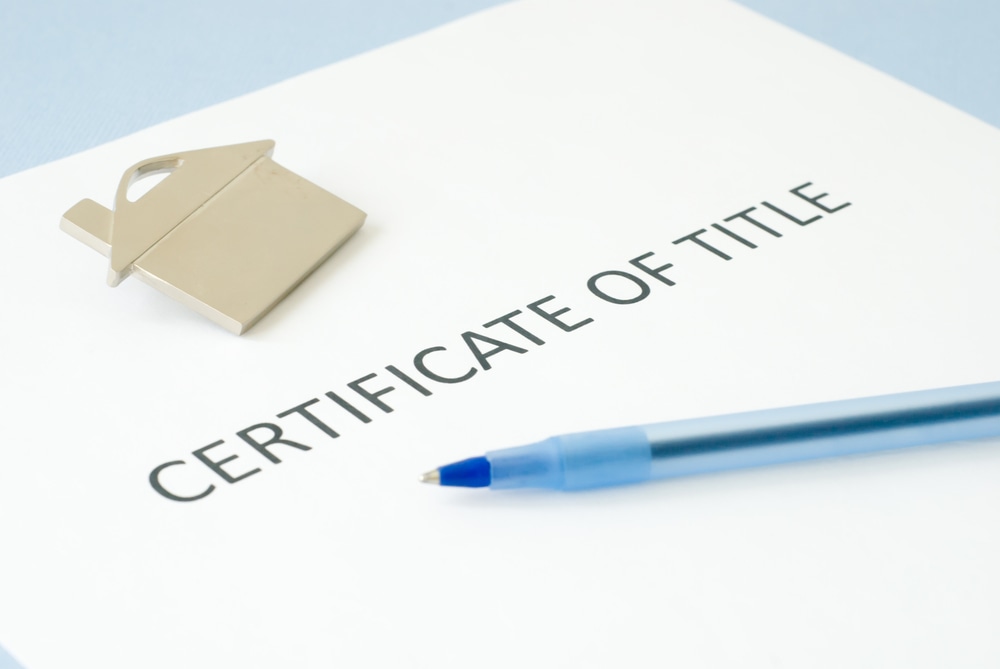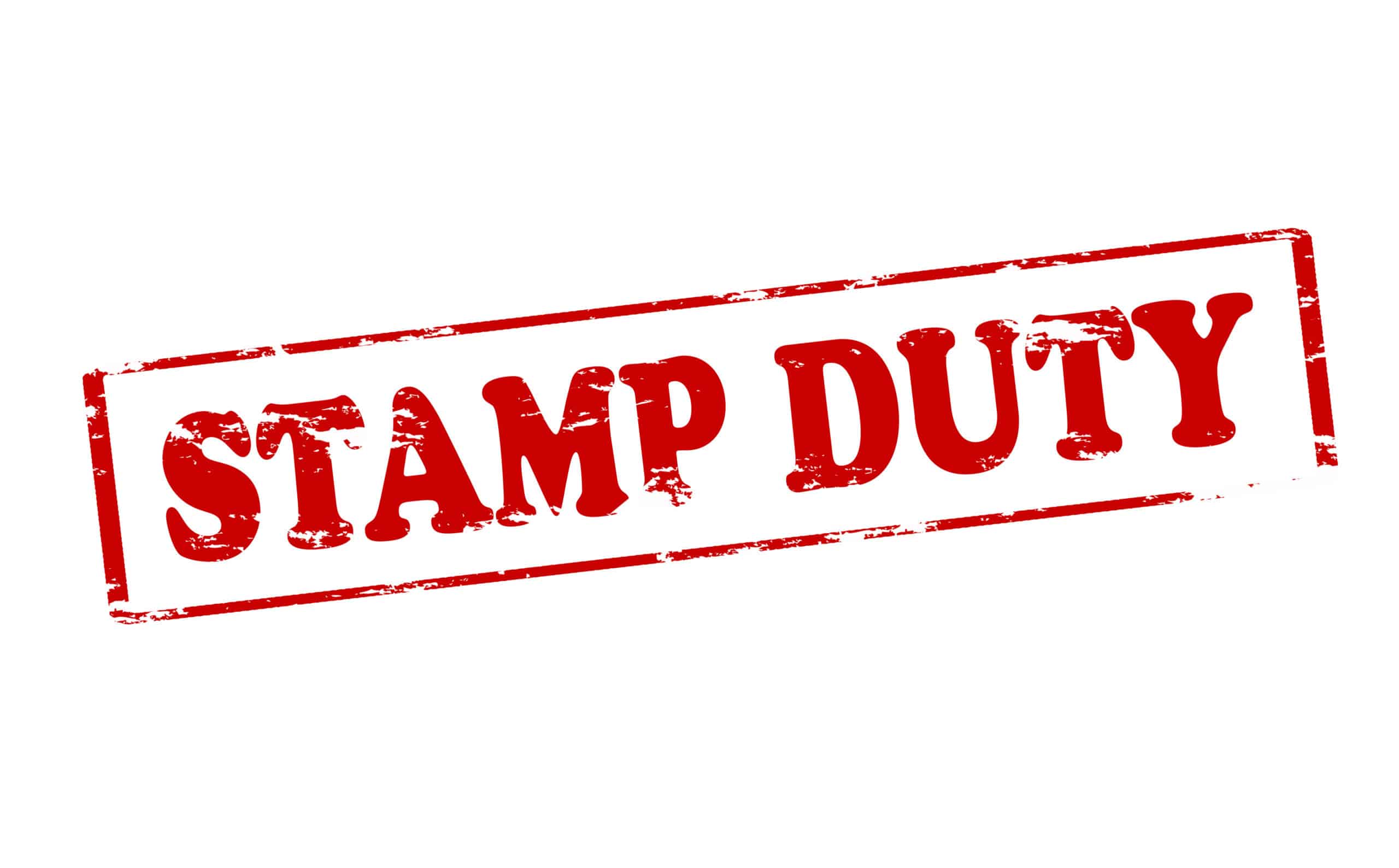Conveyancing FAQs
.. also known as Frequently Asked Questions


Conveyancing, the legal process of transferring property ownership, is a significant milestone in anyone’s life. However, it’s not a task we undertake frequently, which often leaves us grappling with questions and uncertainties. To alleviate this and provide clarity, we’ve compiled an extensive list of FAQs. These are written to address your concerns and to help demystify the conveyancing journey.
Whether you’re a seasoned property owner or a first-time buyer, navigating the intricacies of conveyancing can be daunting. That’s why we’ve put together this resource to serve as your beacon of knowledge. Here, you’ll find answers to some of the most common queries that arise during the conveyancing process.
What can you expect to find in our Conveyancing FAQs...
From understanding the role of Conveyancers to deciphering complex legal jargon, our FAQs covers a range of topics to equip you with the essential information needed to navigate the conveyancing maze confidently. Whether you’re curious about stamp duty implications, property searches, or the significance of contracts, we’ve got you covered.
We understand that every conveyancing journey is unique, and individual circumstances may require a more personal approach. In these instances, we encourage you to visit our blog articles, where we have advice on various aspects of conveyancing.
Our commitment to empowering you with knowledge extends beyond merely answering FAQs. Through our blogs, you’ll educate yourself further, enabling you to make informed decisions every step of the way.
So, whether you’re seeking clarity on contract conditions, advice on property inspections, or simply looking to unravel the complexities of conveyancing, we are here to guide you towards a seamless and stress-free property transaction experience. We also encourage you to visit the Australian Institute of Conveyancers website, which is full of valuable information.
Explore our FAQ section below to embark on your journey towards property ownership with confidence. And remember, if you have any questions, our team of conveyancing experts is here to help.
Yes, ‘Your Choice Conveyancing’ is a member of the South Australian division of the Australian Institute of Conveyancers (AICSA). We regularly keep up to date with the changing legislation, which assists us in maintaining our ‘Certified Practising Conveyancer’ qualification.
A Conveyancer prepares the legal documentation required in real estate transactions to change the ownership from the current owner to the new owner. They also check the government searches for any issues that affect the Title and ensure it is clear from all debts when transferred at settlement. On top of ensuring that all the necessary documentation is prepared and executed, a Conveyancer also liaises with the Agent, the bank, the mortgage broker and the other parties Conveyancer to ensure settlement takes place on time.
The earlier the better! As your Conveyancer, the earlier you engage us, the more we can assist you. Ideally you should have a Conveyancer engaged before you sign the Contract so you can have it checked before signing. If this isn’t possible, then as soon as you have the Form 1 served is a great idea to have one engaged. We can look over the Form 1 and ensure there is nothing out of the ordinary in the documentation. There is no fee to check these documents, so you get extra service for no additional charge!
YES! ‘Your Choice Conveyancing’ is registered with ‘Property Exchange Australia (PEXA)’ and have been settling electronically since June 2018.
When purchasing an existing dwelling, once the Contract is signed by all parties, the property becomes at “your risk”. We highly recommend taking out insurance at the time of signing a Contract. If you are obtaining a loan, your lender will require a copy of the insurance policy prior to settlement.
If buying a Strata property, the Strata Corporation covers the building insurance.
Different rules apply if you are purchasing an “off-the-plan” property.
No, all unpaid rates (Council, Water, ESL, Body Corporate and Land Tax) are paid as part of the settlement process. We update searches prior to settlement and incorporate any outstanding amounts into a Settlement Statement. This will then be forwarded to you prior to the settlement date to check.
We charge a set fee for our settlements, however there are a few disbursements that need to be added on top for items such as the electronic settlement lodgement fee, Land Services SA registration fees and your verification of identity. For a detailed quote, please contact our office and we will be happy to go through these over the phone and email through a quote.
Our fees are then paid on the day of settlement. This is either out of your sale proceeds, from the loan funds or from the deposit you contribute towards settlement.
Since the introduction of electronic conveyancing in 2020, settlements can begin taking place from 9am right through to 4.30pm. Time slots are every half hour, but generally we aim for settlements to take place between 11am and 2pm.
On the day of settlement we take care of all the paperwork and transfer of monies. The only thing you will need to do is either deliver the keys to the Agent, or pick them up once we call to say settlement is complete!
After the cooling off period, the deposit will need to be paid to the Real Estate Agent selling the property. If they don’t have a Trust Account, payment will be made to the Vendor’s Conveyancers Trust Account instead.
Before transferring the monies, we recommend calling and checking the BSB and Account number over the phone. It is also best to ensure you receive a receipt as confirmation.
Verification of Identity has been introduced to help reduce the risk of identity fraud and the registration of fraudulent documentation with the Land Titles Office. Completing the verification of identity and authority of all clients is now due diligence that all conveyancing professionals must complete.
The documentation required for verification of identity is similar to a 100-point ID check. This can include a driver’s licence, passport, birth certificate, Medicare card or citizenship certificate.
After the verification of identity is satisfied, we also need to complete ‘Verification of Authority’ where we must prove that our client has an interest in the property. This is done by providing a rate notice or bill which confirms the client name and property address on the same document. Commonly for Vendors we ask them to send through a copy of their most recent rates notice and for Purchasers we ask for a copy of their Insurance Certificate.
Although it can be frustrating and annoying having to do this, it can potentially save you a lot of money should someone try to fake your identity and sell your property without your authority and then worst of all – keeping your sale proceeds! And yes, unfortunately it has happened a few times and why this is another important step of the conveyancing process.
At the time of settlement the current owner must give the new owner a ‘clear Title’, free from all debt. This means all mortgages are paid and any rates and taxes that have been raised for the financial year. Prior to settlement we will send you a Settlement Statement which shows the payment of your rates and taxes to the end of the financial year (for Council and Revenue SA), but for Water and Strata levies, these are only paid to the end of the relevant quarter. You will also receive a credit from the new owner at settlement for their share of the rates and taxes from the date of settlement to the end of the quarter or financial year.
A Form 1 can also be known as a ‘Vendor Statement’. It is a legal document disclosing certain information that relates to a property, which could assist the Purchaser in deciding if the property is suitable for their future intentions or not.
The document provides information about the property (size, location, valuation, age of any buildings), any Encumbrances or Easements which may be registered on the Title and also any other legal matters that might affect the property (if it is subject to any planning approvals or local heritage acts etc). It is generally made up of several documents from the local Council, the Land Titles Office, SA Water, Revenue SA and at times the Environmental Protection Authority and Body Corporate Manager if applicable. It can vary between 60 and 600 pages in length and once served, is the start of the cooling off period.
A cooling off period is the time frame a purchaser can terminate a Contract without needing to provide any evidence.
The cooling off period commences as soon as the Form 1 is served by the Agent. This may either be by physically handing you a copy or by sending an email with it attached. When served by email, the timing starts when the email was sent, not when the email is opened.
When buying a residential property the cooling off period is 2 clear business days. However if bought at auction, then there is no cooling off period.
Also, if buying as a company and the land is not residential, then there is no cooling off period.
When there are 2 or more people buying together, you will need to decide on your ‘Mode of Ownership’. The two options to choose from are ‘Joint Tenants’ and ‘Tenants in Common’.
In simple terms, ‘Joint Tenants’ indicates that if one person passes away, the surviving owner(s) can then lodge an application to the Land Titles Office, along with a copy of the Death Certificate, and they will then become the legal owners. Each person registered on the Title will hold an equal and undivided share.
However, with ‘Tenants in Common’, if an owner passes away it will then be determined by the terms of the person’s Will as to who inherits their share of the property and the Executor in the Will is responsible to lodge the relevant application at the Land Titles Office. With this option the owners may choose to hold unequal shares, which can be beneficial for people purchasing investment properties that are looking to offset tax liabilities, or for people that may be contributing separate funds towards the purchase.
It is always recommended people speak to their accountant for the correct instructions on how to hold the property.
We also highly recommend that whenever property is purchased, it is very important to ensure that your Will is kept up to date and that it reflects your choice of registration.
Buying at auction can be very daunting and a nerve-wracking experience. But, it is also how a lot of properties are now being sold!
When buying at auction you need to be aware that you are not able to have any Contract conditions. Therefore you can’t have the Contract subject to finance or a building inspection. The Contract will be ‘unconditional’, meaning once signed, settlement is locked in and must take place on the settlement date. If not, penalties will apply.
Another important detail of buying at auction is that your deposit will be due on the day of the auction. We therefore highly recommend speaking to your bank before auction day to ensure you are set up with internet banking to make a large transfer.
An Encumbrance is commonly building terms and conditions that must be followed whenever anything is built on a property. It might list the types of materials that can and can’t be used (e.g. brand new bricks, colorbond fencing etc) and it may even specify the colour of materials, in particular for the colour of the roof tiles or fencing.
Some Encumbrances may also stipulate if the property can be used for residential only purposes and if caravans or boats are able to be parked in the driveway.
Encumbrances are becoming very common, especially in larger developments and all properties in that development will have an Encumbrance registered. Although it seems like another set of rules when you think you should have the freedom to do whatever you want on your block of land, it also helps to keep uniformity in the area with the types of homes being built and is also beneficial for yourselves as owners to ensure that the values of the properties remain similar.
If you are buying a home with an Encumbrance on the Title, a lot of the terms and conditions may only be relevant if you are looking to renovate the outside of the home or if you need to re-do items such as the roof or fencing.
Obtaining finance approval is a critical condition in many Contracts and needs to be dealt with a lot of caution. There are many types of Contracts which can be used, therefore it is important to ensure the clause has been read clearly and understood before signing the Contract.
If the due date for finance is approaching and your bank won’t have the approval in time, you should instruct your Conveyancer to request a finance extension as soon as possible.
Should your approval not come through on time and no extension has been granted, you risk losing your deposit paid and if the Vendor is not able to re-sell the property for the same price you agreed to pay, they may also be able to take legal action against you for any difference between the next sale price and what you had offered.
It is therefore super important that communication is kept up between yourself, your bank / broker and Conveyancer and that any request for information is sent through to your bank / broker as quickly as possible.
The Contract will list the inclusions and exclusions of the property, referred to as ‘Chattels’ or ‘Fixtures and Fittings’. This is a list of everything that will and won’t be included.
Fixtures and fittings means anything that is attached to the property and can’t be moved and taken. For example, flooring, curtains, light fittings, dishwashers, mailboxes – these are all included as they are fixed to the property. Items such as tables and chairs, microwave, pot plants, these are not fixed and therefore not sold with the property.
A great way of determining if it is fixed or not is to imagine turning the property upside down. Anything that doesn’t move, will be included.
It is also a great idea to ensure that the Agent specifically mentions anything that you believe to be included. For example, if there is a fridge that is plumbed in or an outdoor setting or cubby house, if it is agreed that these are going to be sold with the property, then they should be included in the Contract to avoid any confusion come settlement day.
If you have sold your property for $750,000.00 or more, an application must be submitted to the Australian Taxation Office to confirm if you are liable for any foreign resident’s Capital Gains Tax liabilities. Our office will obtain information from you on our authority forms and will submit the application on your behalf. A response can take anywhere between 1 and 10 business days. Once received, we provide a copy to the Purchasers Conveyancer, as per the terms of the Contract.
Since the introduction of electronic conveyancing in 2020, the Land Titles Office no longer issues duplicate Titles. You may remember this being the A4 green piece of paper! Now once registration is completed, we will forward a copy of the ‘Notice of Completion’ or ‘Confirmation of Registration’. This is your evidence that the registration is completed and the property is in your name. This document can also be used when dealing with builders that need to see the property in your name.
Title Insurance is a one-time premium that provides protection for as long as you own the property against losses incurred because of issues that existed and were not know to you at the time of your purchase. It can cover several risks including illegal building work, survey and boundary defects, planning and Title defects and also unpaid rates, taxes, levies and water usage.
We highly recommend Stewart Title to our clients and when sending out your authority forms, we include information and brochures. This information allows you to decide if you would like us to arrange a policy on your behalf at settlement.





